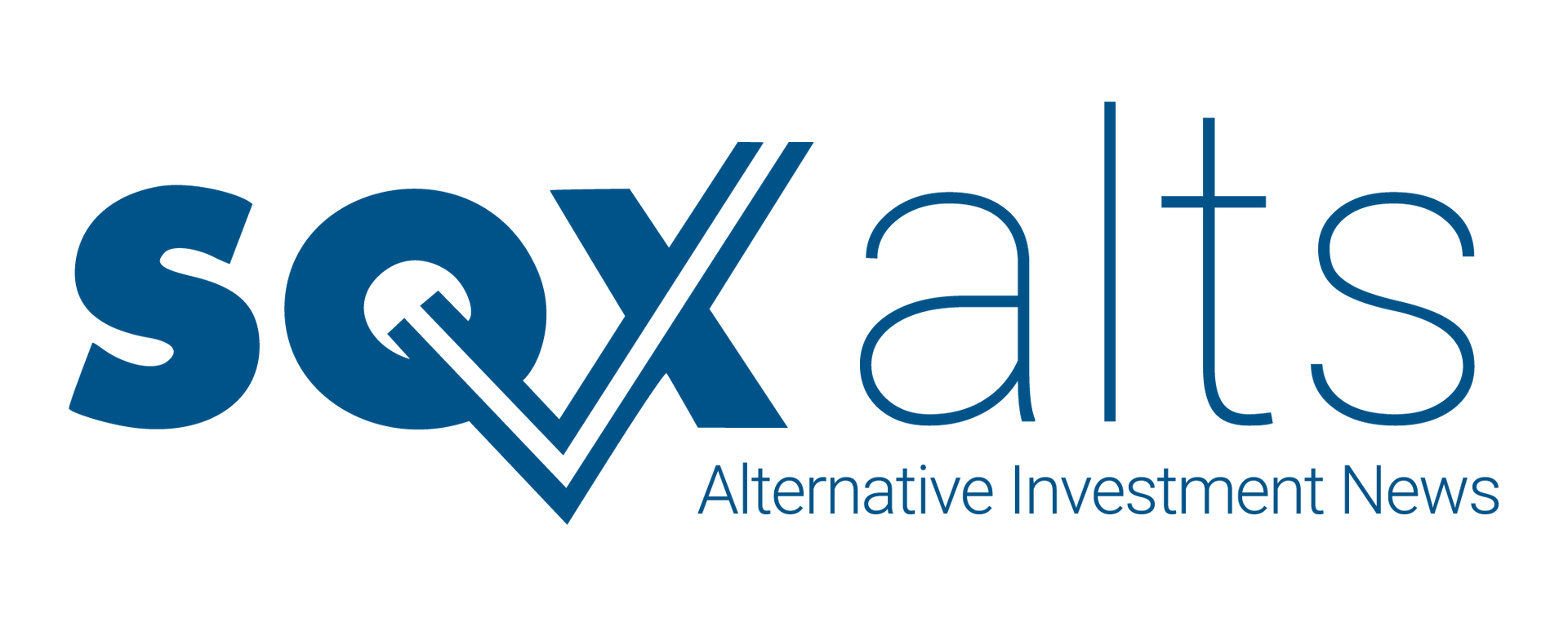Laredo Oil Reports Wider Losses
Despite growing interest in its enhanced oil recovery technology, the company struggles with uneconomic wells and a pressing need for capital.
October 21, 2025

Laredo Oil closed out its first fiscal quarter with a deeper loss and continued pressure on its operations. For the period ending August 31, 2025, the company reported a net loss of $952,074—double the loss it posted a year earlier. Revenue came in at just $1,543, while operating expenses climbed to $693,261. Interest expense also ticked higher due to new debt, reaching $276,319 for the quarter.
The company continues to bet on its proprietary Underground Gravity Drainage (UGD) method, which is designed to tap into stranded reserves in mature oil fields. But so far, its field results haven’t matched its long-term ambitions.
Uneconomic Wells Slow Momentum
Laredo has drilled five wells in Montana’s Lustre and Midfork fields. None are currently generating meaningful production. The most recent project—the Reddig 11-21 well—was shut in after water production made it uneconomical. The company is reviewing options for rework or a potential conversion to a saltwater disposal well.
In parallel, a development agreement with Texakoma led to three new wells. After initial tests, those wells were also placed on hold pending further evaluation. While Laredo maintains a carried 15% working interest in the Texakoma program, no near-term production is expected.
The company is also pushing ahead on its West Fork project, where it’s raising $7.5 million to fund three exploratory wells. Roughly $1 million has already been deployed. Site work and permitting are underway.
Litigation and Debt Add Pressure
At the same time, Laredo is managing several vendor disputes tied to the Olfert 11-4 well. Four legal judgments totaling over $1.3 million are being repaid in monthly installments. These liabilities are contributing to more than $2.1 million in total accounts payable.
Debt also remains a significant factor. Total liabilities rose to $14.9 million as of quarter-end, while the company held just $416,900 in cash. Short-term notes, including those issued in exchange for promissory funding and bridge capital, make up the bulk of the debt stack. The largest single obligations include:
- $872,056 Paycheck Protection Program loan
- $1.25 million in promissory notes issued during the last two quarters
- $575,000 in convertible debt linked to the Reddig 11-21 well
Raising Capital to Sustain Operations
To fund its work, Laredo continues to raise capital through private placements and debt instruments. The company issued $1.2 million in subordinated notes last quarter and, in the following quarter, raised $795,000 through common equity at an average price of $0.43 per share. Warrants tied to those debt placements provide additional upside for investors.
Meanwhile, Laredo continues to field interest in its UGD approach. Management says a more supportive investment environment for U.S.-based energy development has opened up conversations with potential capital partners. That interest, combined with efforts to keep headcount lean and maintain optionality across projects, forms the foundation of the company’s near-term strategy.
Still, liquidity remains tight. The company’s own assessment underscores a going concern risk. Whether it can move forward with its field development plans—and how quickly—depends on its ability to secure further funding and improve field-level performance.
For now, Laredo is holding its course: working to convert early-stage acreage into producing assets, managing near-term obligations, and continuing to market its UGD method to new partners.
Share
Read More Articles


